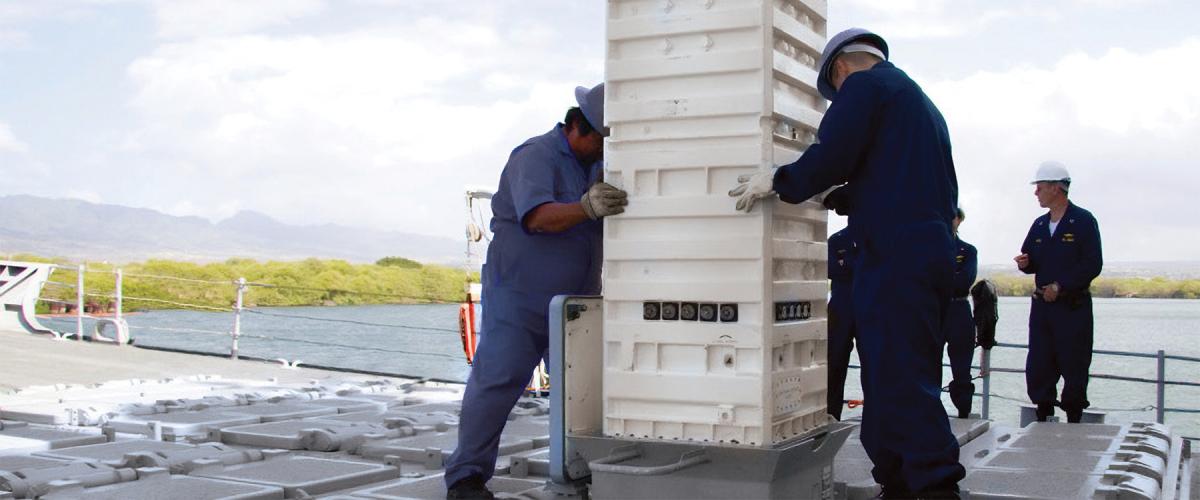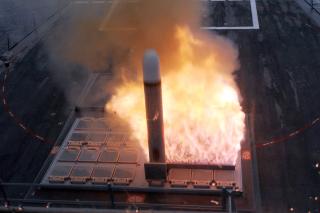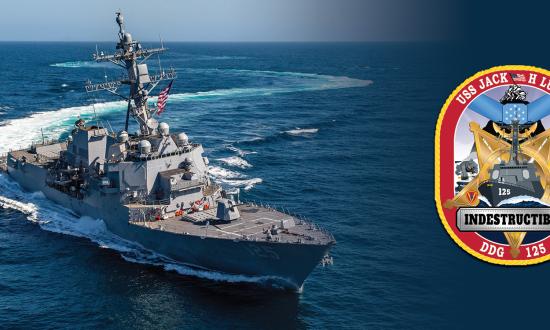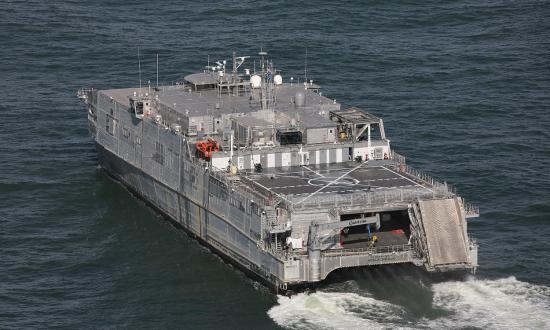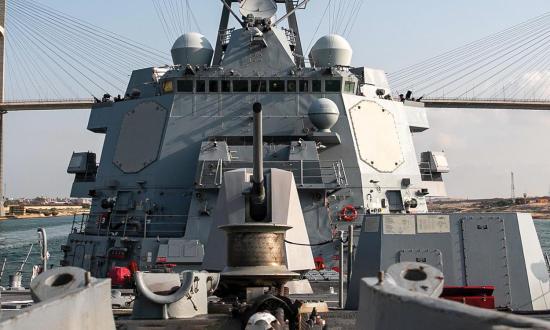BAE Systems Land & Armaments is pushing ahead on manufacturing canisters that house the wide variety of missiles launched from the Mk 41 vertical launch system (VLS), the below-deck launcher on board all Arleigh Burke–class destroyers and Ticonderoga-class cruisers. The Mk 41 is installed on about 180 ships of 26 ship classes in 13 navies.
For the U.S. Navy, the Lockheed Martin–designed Mk 41 can launch every type of shipboard air warfare and strike missile: the antiair warfare SM-2 Blocks 3A/B and SM-6; the antisubmarine warfare vertical-launch rocket (ASRoc); the Tomahawk cruise missile and long-range antiship missile (LRASM), and the SM-3 ballistic-missile defense missile.
Each Mk 41 cell contains BAE-built protective shipping containers—“canisters.” Most missiles are housed in individual canisters that are loaded into the cells. Most cells contain a single canister, but smaller missiles can be “quad-packed.” Four Evolved Seasparrow Missiles, for example, fit in a BAE-developed Mk 25 canister, which occupies a single cell. Cells are grouped into modules—typically eight cells per module.
Lockheed developed two module types: a 25-foot-long strike module for the Tomahawk, LRASM, and SM-3 BMD missiles; and a 22-foot-long tactical module for other weapons.
The number of modules varies by ship type. Flight I and II DDGs (hull numbers 51–78) have 90 cells, 29 in the forward and 61 aft. Flight IIA ships (79–124 plus 127) and new Flight IIIs (125, 126, and 128 on) will have 32 cells forward and 64 cells aft, for 96 total. The Ticonderogas are fitted with 61 cells in both forward and aft launchers. The Navy’s next-generation destroyer, known for now as DDG(X), also will get the Mk 41. The Constellation-class frigates will have 32 Mk 41 cells.
The three Zumwalt-class (DDG-1000) destroyers are fitted with the Mk 57 Peripheral Vertical Launch System (PVLS), developed by Raytheon. The Mk 57 is configured with four-cell modules and is built into the periphery of the hull instead of the interior like the Mk 41. The Mk 57 can launch the same missiles as the Mk 41 as well as larger and heavier missiles.
Cells for both types are protected by deck-hatch assemblies that open for missile launch. On launch, exhaust gases are vented vertically out of the cells. The Mk 57 has an improved exhaust system.
BAE won a Navy contract valued at about $24 million in February 2020 for canister production, support, refurbishment, repair, and spares. The Navy later funded additional canister work and foreign military sales funds for Japan, Australia, Norway, the Netherlands, Turkey, and Chile. In March 2021, the Navy purchased more canisters from BAE for its ships as well as the Korean, Spanish, Australian, and Turkish navies.
BAE also won a Navy award in May 2021 to act as mechanical design agent for the Mk 41. And in July 2023, the company received a $37 million award from DoD’s Ordnance Technology Consortium for design of a Next-Generation Evolved Seasparrow Missile Launch System (NGELS). The company says it will “support the NATO Seasparrow Program Office to design and deliver prototype deck launching systems.” The NGELS will be a deck-mounted fixed-angle launcher based on the company’s Adaptable Deck Launcher and incorporating technology from the Mk 25 quad pack.
Mk 41 prime Lockheed Martin now is building on Mk 41 technology to develop a single-cell launcher that would retain the form of the Mk 25 quad pack. The single-cell system will be for use on patrol craft and other small ships.



